Color Meaning & Symbolism
There is more to color than just what meets the eyes. Color influences perceptions, touches emotions, and sways decisions. Explore the fascinating ways our physical bodies, our brains, and our cultures shape the ways in which we interact with colors.
Green Color Meaning and Symbolism
Green is a symbol of rebirth. It’s the color of youth, prosperity, and progress. Green is a symbol of growth, and it’s one of the most popular favorite colors–second only to blue.
Physically, the color green has a relaxing, calming effect on our bodies which contributes to increased focus. Designers often use the color green in spaces intended to foster creativity and productivity. Though many of our associations with green are very positive–progress, growth, balance, and youth–we also have quite strong negative associations with some green hues. We think of green as the color of greed, envy, and sickness.
See More Intriguing Information About the Meaning & Symbolism of Green >>
Blue Color Meaning and Symbolism
Blue pervades our lives–infusing our language, affecting our emotions, and linking us to sky and sea.
The color blue has a calming effect on our bodies, and it’s associated with rest, tranquility, and devotion. We associate blue with introspection and wisdom, and designers use it to create calm, cool, peaceful spaces. Though it’s the color of protection and loyalty, we do have some negative associations with blue. It represents depression, the darkness of night, doubt, and emotional distance.
See More Intriguing Information About the Meaning & Symbolism of Blue >>
Purple Color Meaning and Symbolism
Purple signifies something out of the ordinary, something remarkable.
Purple has the shortest wavelength of visible light, and it’s the harmonious combination of tranquil blue and passionate red. It’s associated with royalty and luxury, and it’s the color of creativity and innovation. We think of purple as a trendy, friendly color, though certain hues can be unsettling and make us feel a little off-center. Historically a very expensive color to make, purple’s association with royalty has persisted for centuries, and in ancient Rome, both Julius Caesar and Augustus Caesar prohibited anyone other than the Emperor from wearing purple.
See More Intriguing Information About the Meaning & Symbolism of Purple >>
Pink Color Meaning and Symbolism
Pink lives between the passion of red and the purity of white, so it’s the perfect expression of youth, romantic love, and frivolity. Pink has an extraordinarily profound physical and psychological effect. It consistently tones down aggression and anger, which is why it’s been successfully used in jails’ holding cells. Deep pinks heighten energy and blood flow like reds do, while paler pinks are mood-softeners. Pink conveys femininity, breast cancer awareness, and the flush of young love. It’s a playful color in design.
See More Intriguing Information About the Meaning & Symbolism of Pink
Red Color Meaning and Symbolism
Red is the single most emotionally charged color, associated with heightened sensation and strong feelings. It’s a powerful color, evoking images of love and anger.
The color red stimulates our bodies, increasing heart rate and blood flow. It generates strong feelings and enthusiasm, which is why we associate it with passion. Red is symbolic of sex and romance, but it also has negative connotations. We associate red with anger, violence, blood, and danger. Red is all about high energy, and designers use it to make spaces lively and interesting.
See More Intriguing Information About the Meaning & Symbolism of Red
Orange Color Meaning and Symbolism
Much like its close relative, red, orange stimulates both body and mind. Orange increases our appetites, our activity level, and the degree to which we interact with one another socially. It is because orange has such a profound, measurable effect on our bodies that we respond with strong emotion.
Orange is the least favorite color of 33% of women, beating out other least favorite colors by quite a margin, and professionals tend to use orange sparingly and carefully. Though it certainly attracts attention and elicits emotion, the color orange can also turn people off.Interestingly, hues like peach, rust, and terracotta – while all part of the range of colors classified as orange – have broad appeal.
See More Intriguing Information About the Meaning & Symbolism of Orange
Yellow Color Meaning and Symbolism
Yellow is a color of contradictions. Though we think of it as sunny and cheerful, nearly all our expressions with yellow have negative associations. Why is that?
Yellow is a stimulant. It increases appetite, memory capacity, and enhances communication. We associate yellow with the sun, warmth, and a cheerful outlook. But yellow is also associated with caution (yellow lights and caution signs) and with cowardice. In design, yellow is warm, cheerful, and a dramatic contrast in print or when used with cool, dark colors. Yellow tends to be a bit divisive. Like orange, it’s a love or hate color, so its use in a professional capacity is often sparing. Too much yellow isn’t often a good thing.
See More Intriguing Information About the Meaning & Symbolism of Yellow >>
Brown Color Meaning and Symbolism
Brown is the ultimate in sensible, grounded colors, so it makes sense that it’s featured in a thrifty expression about taking your lunch with you.
Brown represents the earth, and it’s a symbol of balance and of nature. Since brown is a warm neutral, it complements and balances a wide range of colors, and its earthiness gives designers the opportunity to play with splashes of more vibrant hues without overwhelming a project. The physical effects of brown include an increase in tryptophan, which can promote drowsiness (the same effect of that Thanksgiving turkey!) Brown helps us feel connected to our roots and to home. Brown packaging is also used to indicate a product that’s natural or includes recycled content. Typically, brown is a relaxing color that provides a warm, nurturing background.
See More Intriguing Information About the Meaning & Symbolism of Brown >>
White Color Meaning and Symbolism
White means clarity, purity, and good. It symbolizes the fight for what’s right and the light that banishes darkness.
White is simple, clean, and creates a stark contrast with other colors. It helps us feel organized and focused, and white conjures images of a fresh start and new beginnings. Physicians wear white coats as a symbol of cleanliness, and crisp white sheets speak of fresh air and spic-and-span houses. White symbolizes neutrality and diplomacy – think of the white flag of a truce. White can also be cold and impersonal, used to create distance or increase our perception of space. White can be quite intense, even unpleasantly so – consider anger that’s white hot.
See More Intriguing Information About the Meaning & Symbolism of White >>
Gray Color Meaning and Symbolism
Gray is the perfect neutral – both practically and symbolically – as it sits between the stark opposition of black and white, but what do we know about gray?
Gray is typically considered a cool, unemotional color. It’s the symbol for compromise or ambiguity. It’s an intellectual color, representing the ability to see both sides of an issue and come to a nuanced, practical conclusion. Gray tends to have less of a physical effect than other colors, though heavy-handed gray can feel a little depressing. Generally, gray is a sophisticated and versatile neutral.
See More Intriguing Information About the Meaning & Symbolism of Gray >>
Black Color Meaning and Symbolism
Black is assertive, authoritative. When we see something in black and white, it means there’s no uncertainty, no confusion. But black is also a bit mysterious. It’s the color of darkness, and it’s also historically been associated with evil. We think of black as sophisticated, particularly when it comes to clothing, and while it’s dramatic when used professionally, it’s not particularly subtle or nuanced. Black is crisp, but it’s often best used in moderation, as it can be too imposing if overused.
See More Intriguing Information About the Meaning & Symbolism of Black >>
More About Color Meaning and Symbolism
Books About Color Meaning, Symbolism, and Psychology
PLEASE NOTE: Sensational Color participates in the Amazon Services LLC Associates Program. What this means is that as an Amazon Associate I earn from qualifying purchases,

Color Meaning, Symbolism and Psychology Explained
The color meaning of red includes powerful and sexy.
White is pure and clean.
Blue is tranquil and serene.
We all respond to color – every culture, every country, every time. Color means more to us than mere wavelengths of light. Color is an inspiration. Color can be fleeting. Color can alter perceptions, and it can affect behavior.
But how do we begin to understand our complicated relationship with color?
The best way is by breaking it down into its various aspects.
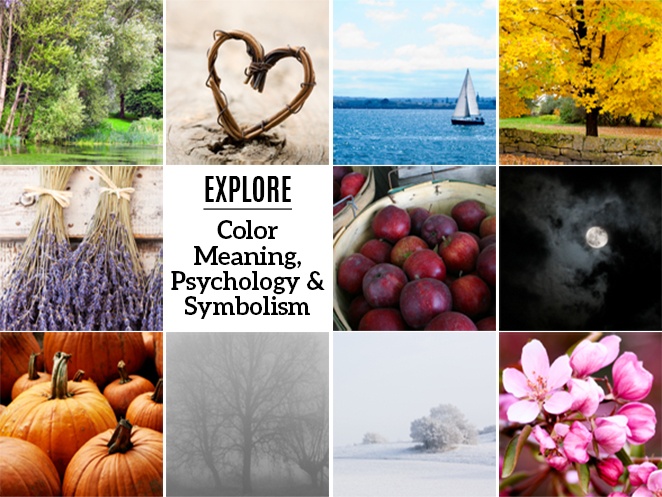
Color Meaning and Symbolism: Our Learned Responses To Color
Color symbolism describes associations or learned responses to color based on sex, age, environment, and cultural references. For example, purple is often linked to royalty because long ago it was the color of a dye made from a mollusk only the very wealthy could afford. Today purple is as affordable as other colors, but the association persists.
In China, red is an auspicious color. It symbolizes good fortune and joy. Red is found everywhere during the Chinese New Year and other holidays and family gatherings. However, in the United States red has many different color associations, including fast cars, sexy women, and power.
Ask a person from a western culture what color they associate with a wedding dress, and the answer will be white. Years of seeing images of smiling brides dressed in white, along with our association of white with purity, have cemented the notion that white equals bride for generations past and future.
Ask about the traditional color for a wedding dress in another part of the world, however, and you'll get a different answer. For example, in India, red is associated with bridal gowns. Our association of color and how it relates to a wedding dress is a learned response based on our experience in our own culture.
Now think of the many symbolic colors you incorporate into your own life. How many come to mind? Start by thinking about how you decorate for the holidays or what you might wear when your favorite sports team is playing. Then have fun digging a bit deeper to see what other personal color associations you have developed throughout your life.
Color Psychology: Color As A Factor In Human Behavior
Color psychology, on the other hand, is the study of color as a factor in human behavior. These responses to color are automatic, inherited, and shared regardless of age, sex, geographical area, or cultural background. While the effects of color on the human body and brain are not yet fully understood, studies have shown that the light wavelengths of colors can stimulate the areas of the brain that regulate hormones and other physiological systems. The brain stimulation, in turn, affects mood and emotions.
For instance, being surrounded by blue can calm you down, while seeing red can increase your heart rate and speed up your respiration. These colors can influence your emotions, too. Red can evoke feelings of aggression, while blue may make you feel at peace. It is this combination of physical and emotional response to a color that adds another layer of complexity to our understanding.
Think about the color red. What comes to mind? This hue has more personal associations than any other color, but there are two that are most common. The red color calls to mind love, romance, and passion — the hearts of Valentine's Day or the sexy woman in a red dress. Yet red also is associated with fast cars, aggressive behavior, and even rage, made explicit in the expression "seeing red". So how is it that the same color has come to represent two powerful emotions that seem so very different?
It's because red is inherently exciting. It stimulates energy and increases your blood pressure, respiration, heartbeat, and pulse rate. Think about love and rage. Both of these emotions produce similar physical reactions. Love can make your heart beat a little faster and your palms sweat. Getting angry raises your blood pressure and increases your heart rate, but for a different reason. Love, anger, and the color red all produce changes in our body that are very similar — using the color red in symbols or phrases that describe loving or angry feelings reinforces the message because it's a double dose of the same physical and emotional reactions.
Another Layer of Color Meaning: Personal Bias
As much as red may get your heart beating, not all of your emotional responses to color are innate. Through your life, you have developed your own, unique associations of colors as they relate to objects and events. Your color memories, together with the feelings a color naturally evokes, both positive and negative, are strongly linked to your experiences and can have long-reaching effects on how you respond to color.
Personal color associations can influence how you feel about a particular color and also your decisions about it. If your bedroom growing up had yellow walls that you hated, chances are you may never think of yellow as a color that feels happy or agree that it is the perfect color for creating a cheerful kitchen.
Color meanings based on symbolism and cultural associations of color have been researched and documented, and many scientific studies have examined the effects of color on the body and mind. The problem with these studies lies in the fact that there are inherent difficulties in properly controlling scientific experiences surrounding color's effect on human beings. A person's experiences, personal preferences, and cultural bias all come into play when discussing color. For these reasons, the information you find on color psychology may be backed up by scientific studies, and sometimes it is purely anecdotal.
Although color symbolism and psychology are distinct concepts, they quickly become intertwined since our learned color associations often closely correspond to our innate reactions to the same color. Sprinkle in your color memories, and you'll begin to realize how many layers there are to the meanings. You can also start to understand how powerful color associations are and why companies spend millions of dollars to imprint their brand colors on our minds.
The Colors That Surround You
Now that you have a basic understanding of how color derives its meaning from symbolism and psychology, let's take a look at some general responses to colors based on research and word association studies.
Most of these examples above are based on traditional western views of color, and as the cultures of the world continue to cross-pollinate, so do our associations with colors. It’s important to remember, though, that some responses to color are culturally conditioned and don’t hold true universally.
Three Ways You Can Enhance Your Understanding of Color Meaning and Symbolism
- I’m often asked what my favorite color is and my response is always, “For what? My favorite color for my car is different than my favorite color for my bedroom, which is different than my favorite color for a sweater. Do you have a favorite color? Is it the same for everything or is it more items specific? Why?
- You know that colors link ideas and emotions so if I asked you to describe “happy” what color(s) would it be? What color would “innovative” be? How about “boring”?
- Think about the color blue? Do you love it, like it or hate it? What about light pink? What about bright yellow-green? Think about why you have these views?

Talk to Us About Color Meaning
Did you learn something new? Is there something else you'd like to know about color meaning? What is it about the meaning of color that interest you? Tell us in the comments below.
Feature Image Credit: i Stockphoto






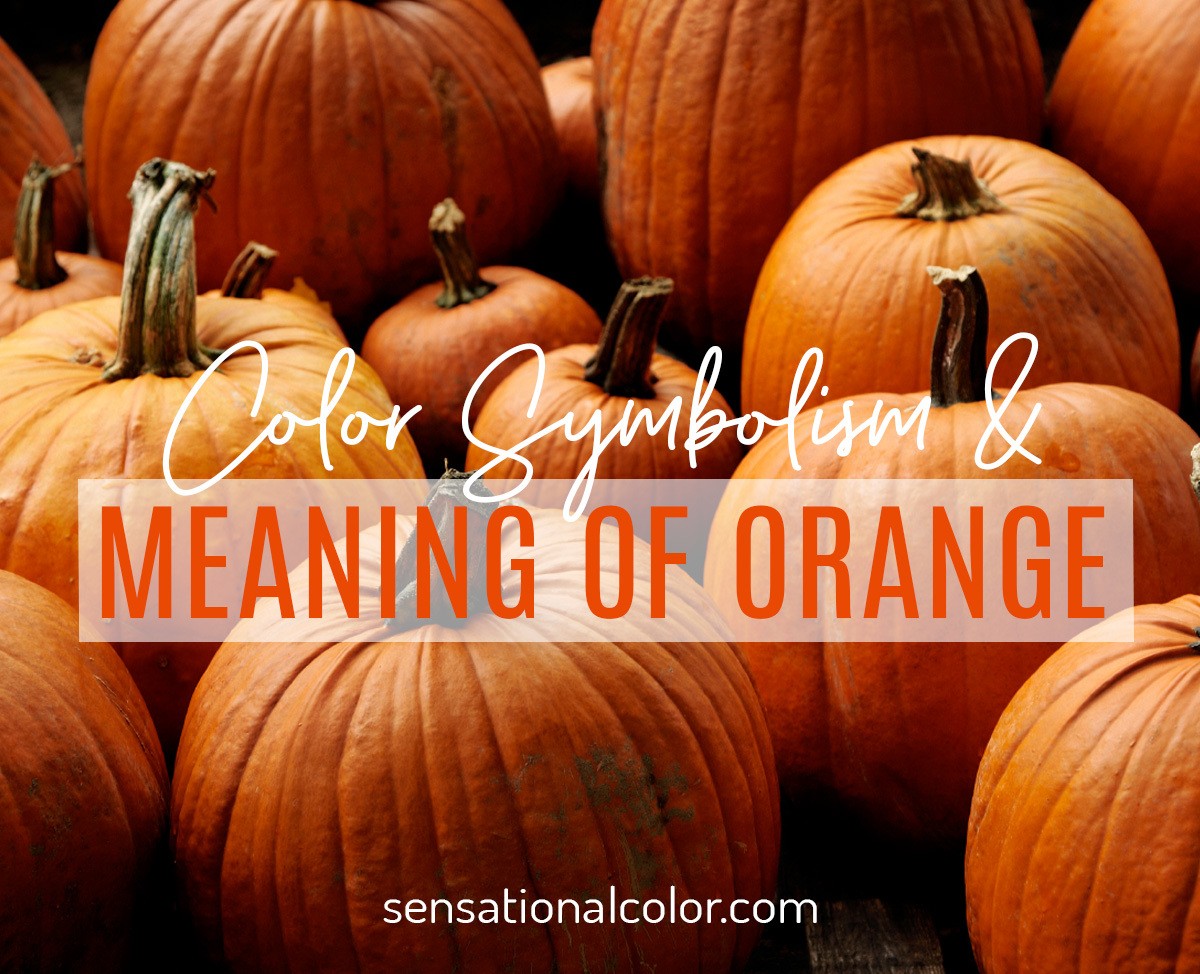

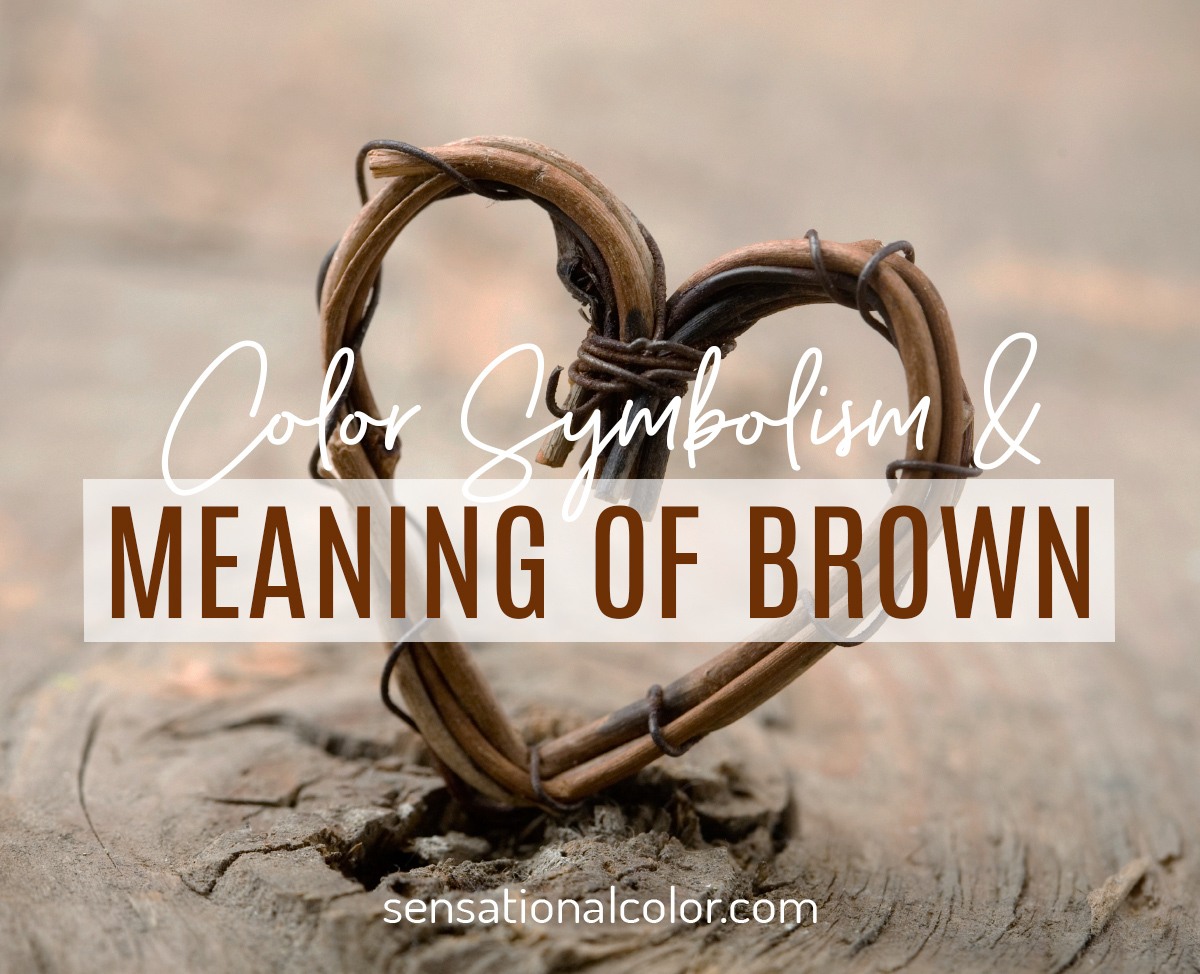
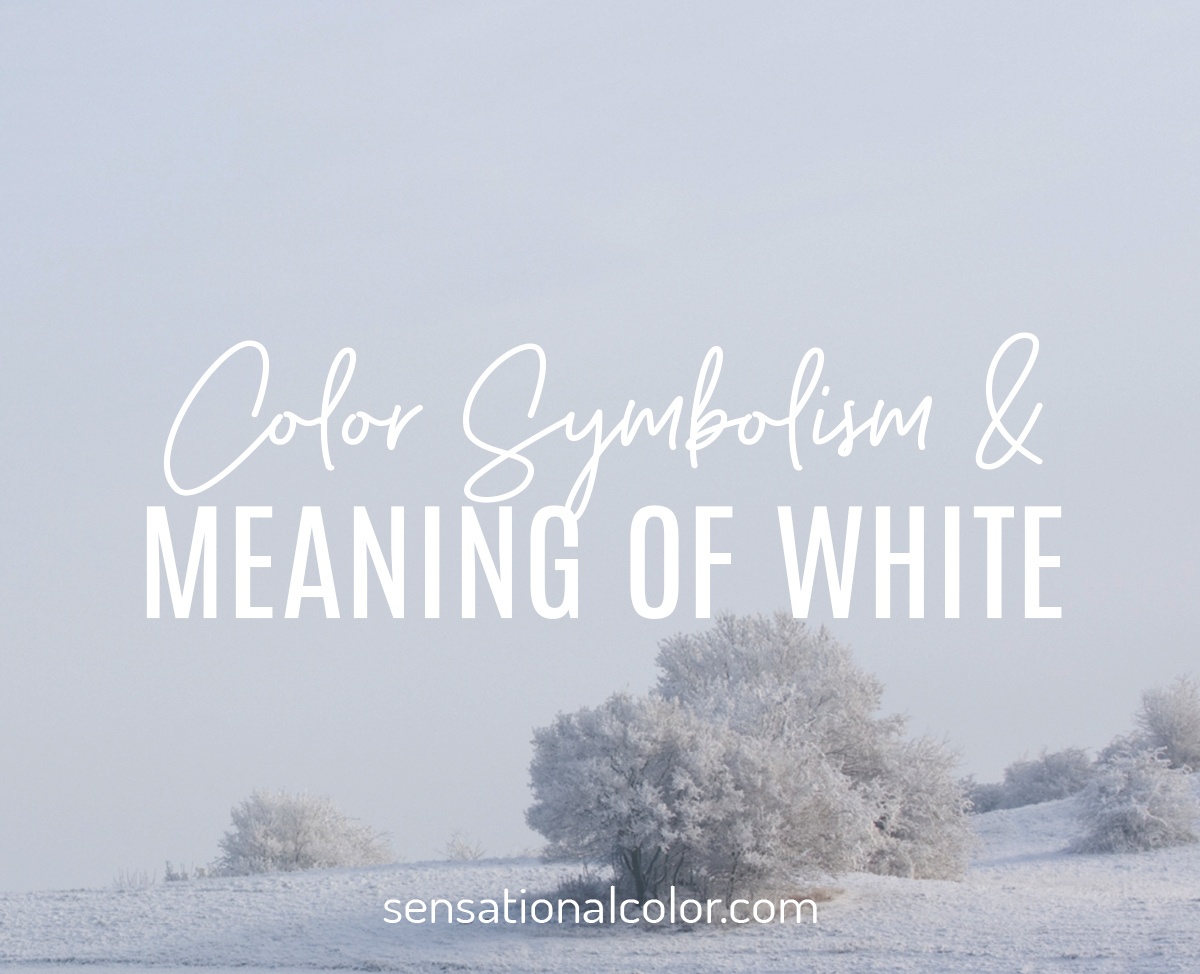

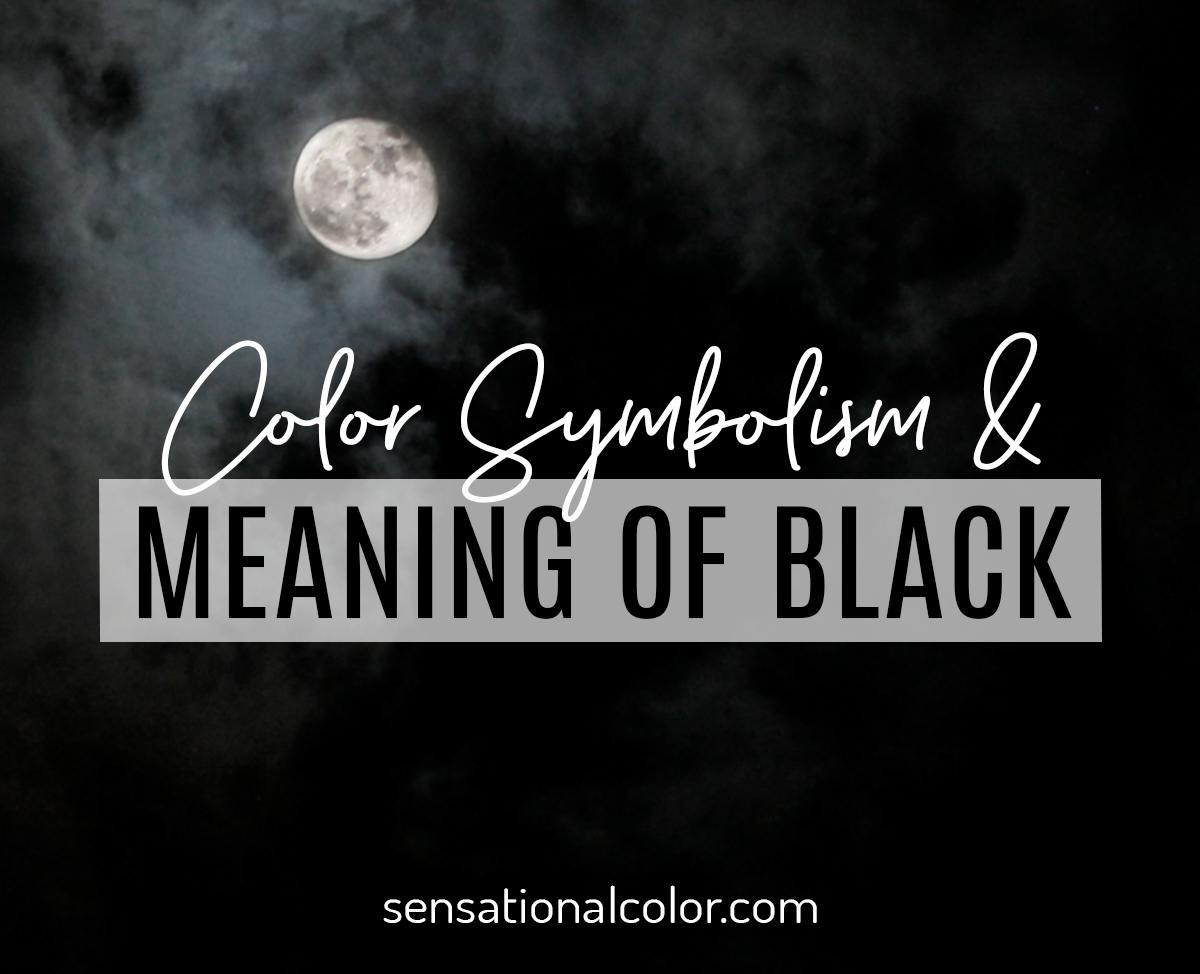


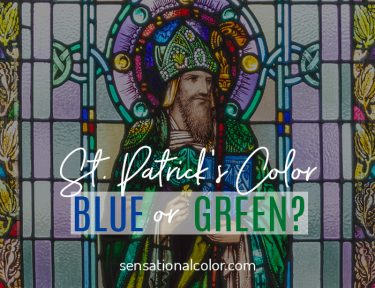




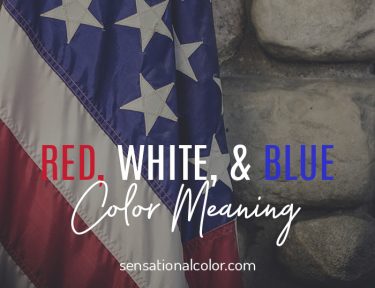

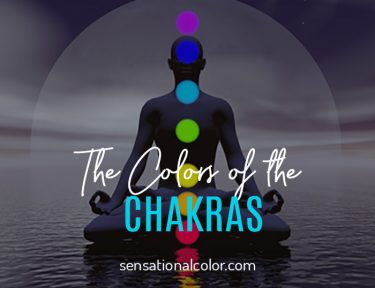


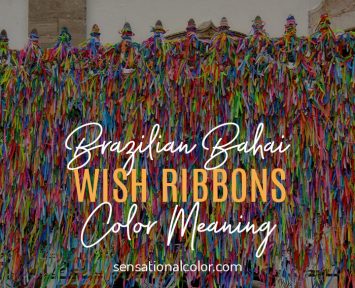
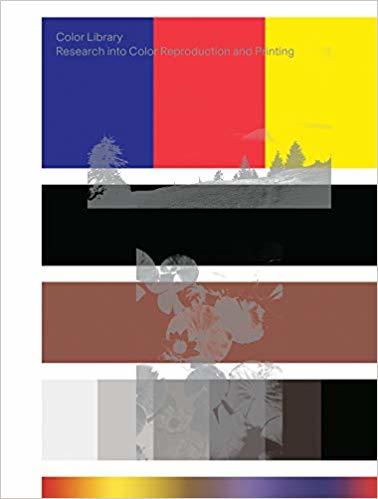


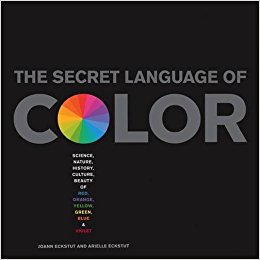




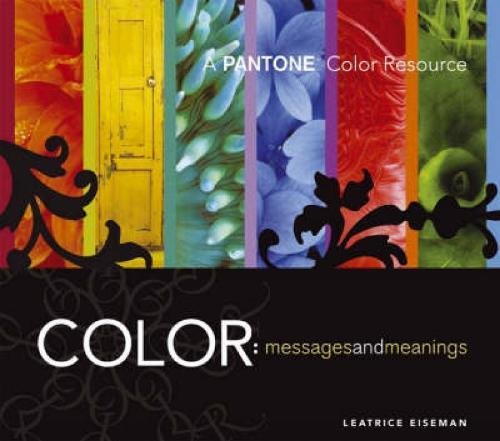
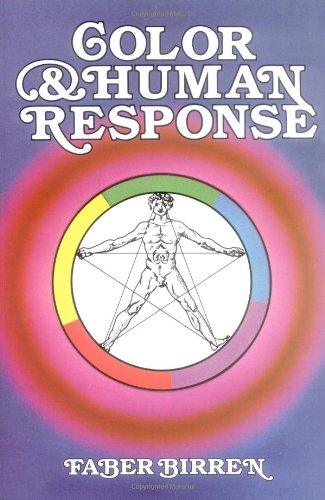
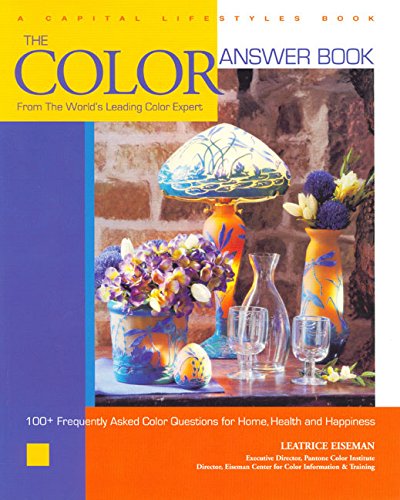
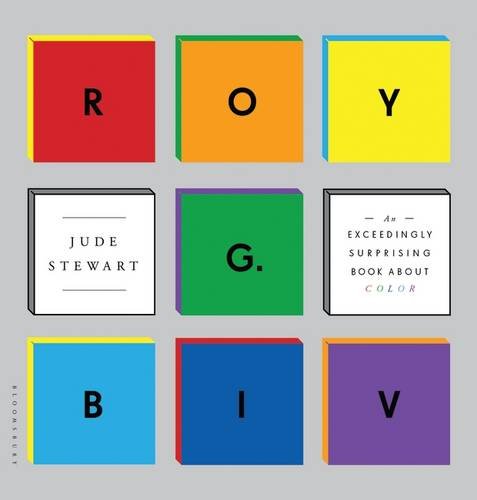





Now I understand better why fast food chains highlight the color red.
This is nice post I like this post Thank you for sharing
Color reflects who am I and what my actions are.I believe color give passion in every woman’s heart
Hilarious how you think white contains all the colors, when white is actually is the absence of all color.
Pop over to the color theory section to discover why white contains all colors. The absence of all color is black. You may be referring how people think you make black with paint or pigment.
That’s really great psychology. Keep sharing such kind of great information. Thanks
Thanks for explaining color psychology
This is brilliance of sensation of color because each and every color represents a meaning thank you so much
I really love learning about color. Individual colors are cool in and of themselves, but color schemes are where it really gets interesting. For example, I really love the color orange. But it gives of even more happy vibes when put with blue. Blue tempers the orange and it reminds me of the ocean.
Never knew colors are so deep meaning in it! This helped me a lot in exploring thank you
Thanks for sharing, Gaurav. I am happy to have helped you learn about color.
Nice info
This is brilliance of sensation of color because each and every color represents a meaning thank you so much
Interesting
🙂
i really appreciate about this sensation of colors because i love different kinds of colors specially the blue color and pink.Blue color makes me reminding the past of my life….and pink which is my favorite color and green reminds men the green forest in my province…
I’m happy to know you enjoyed the article and learning about my favorite topic– color!